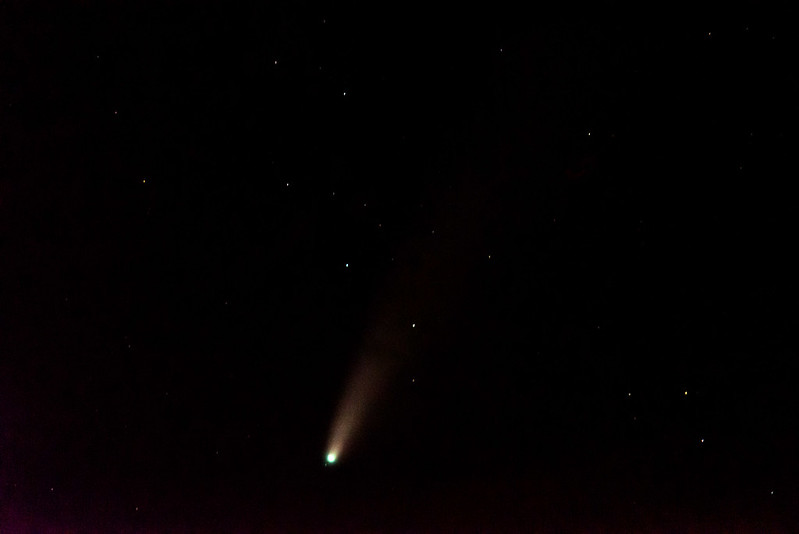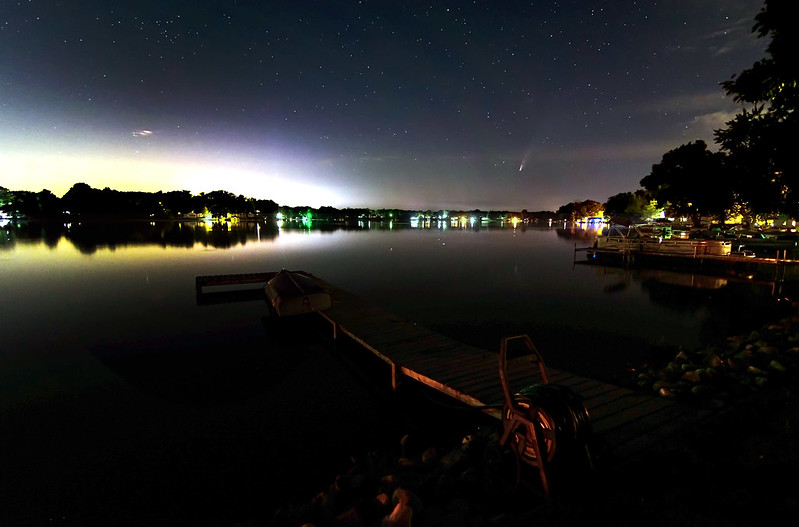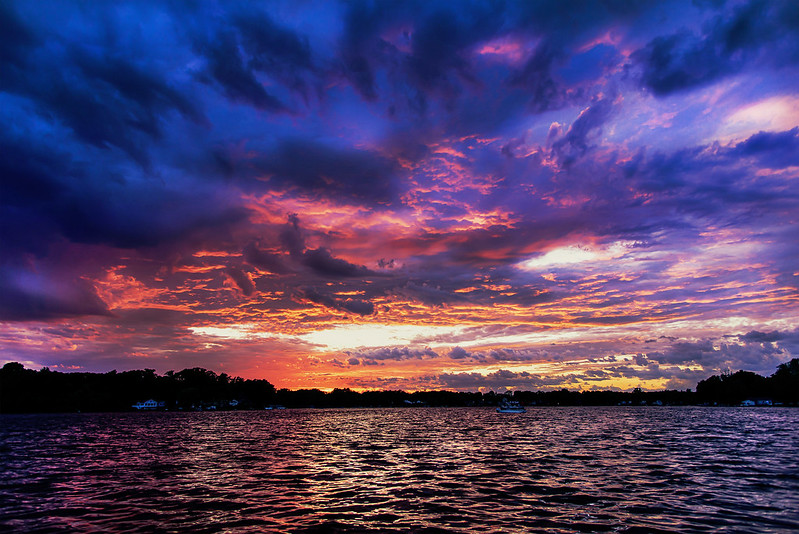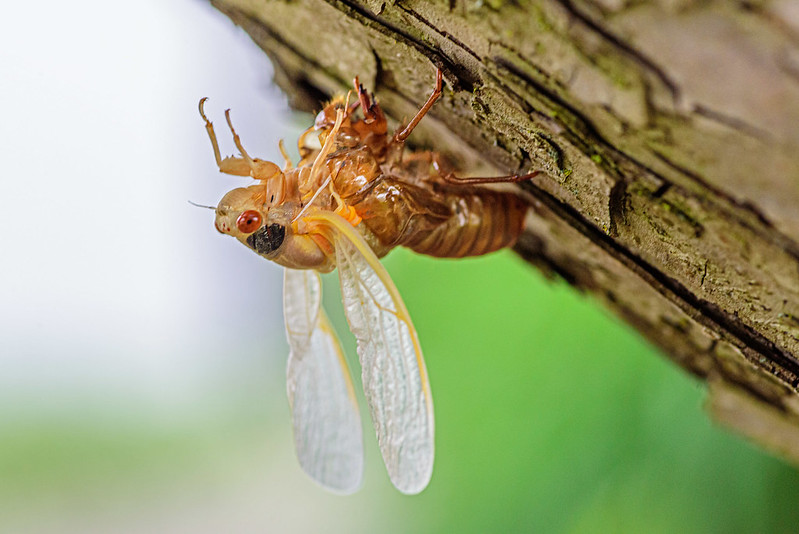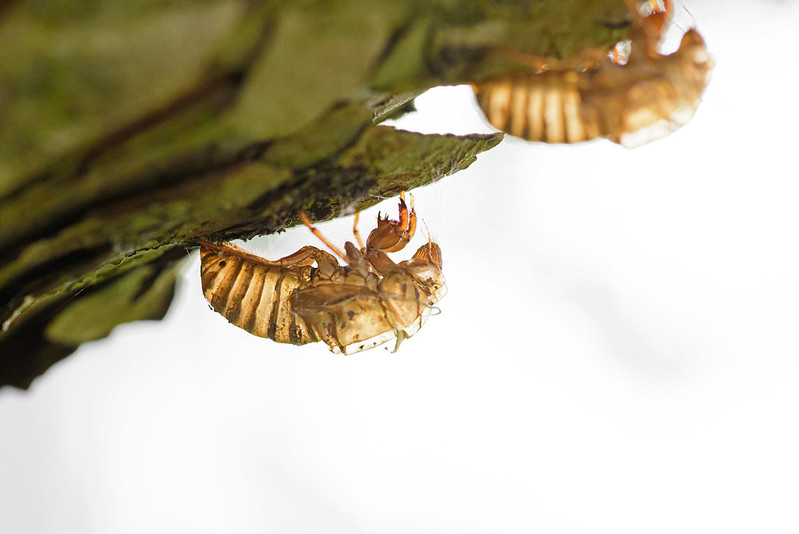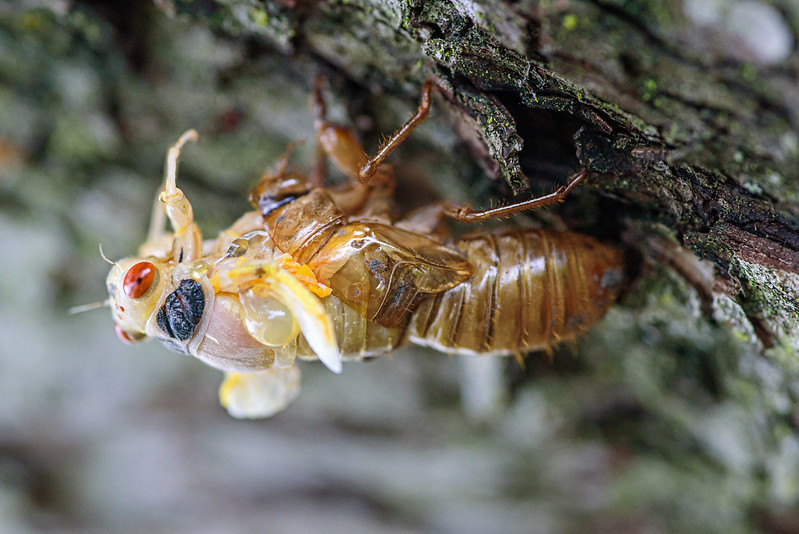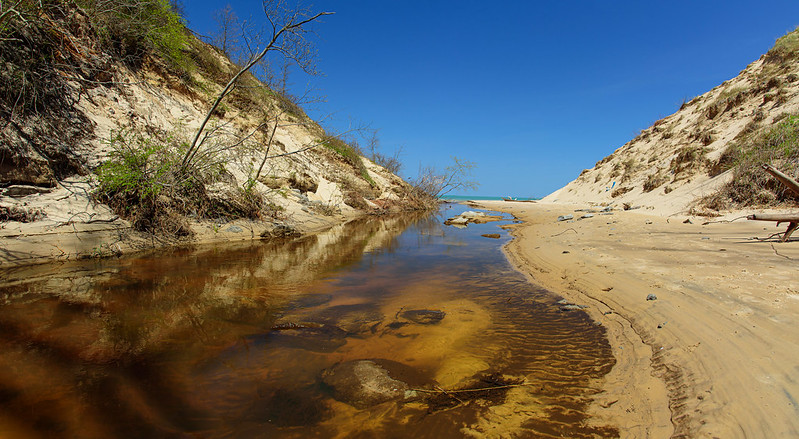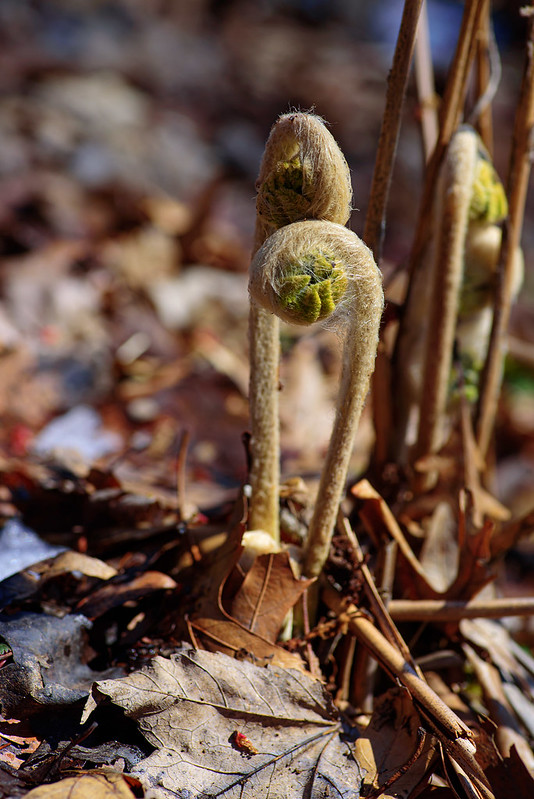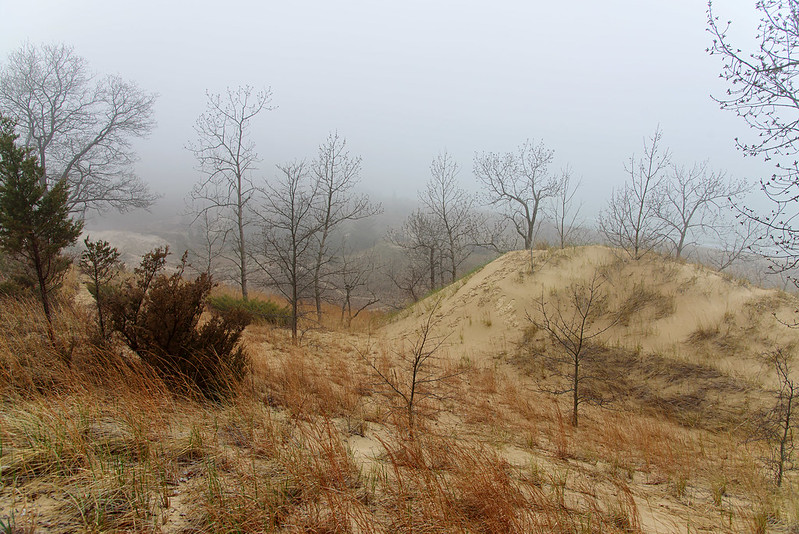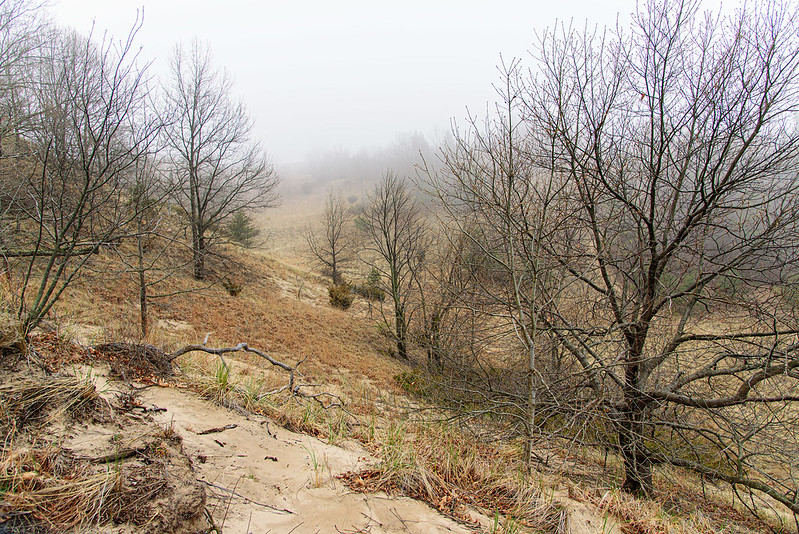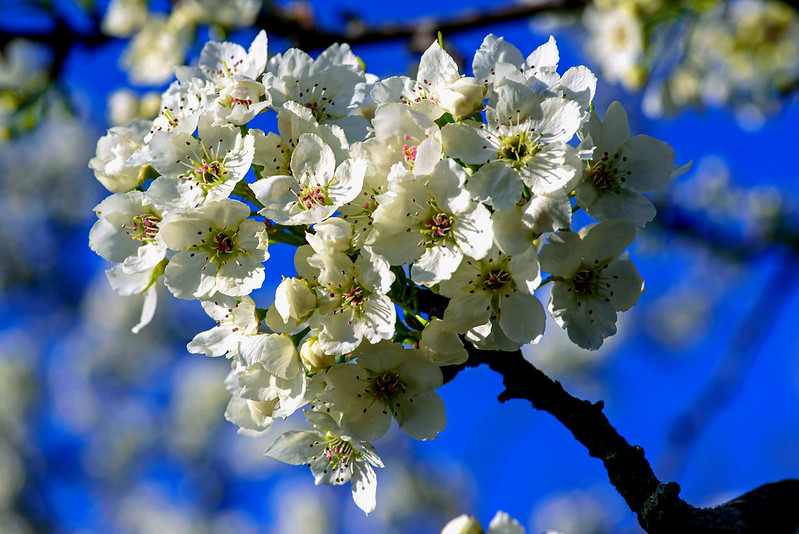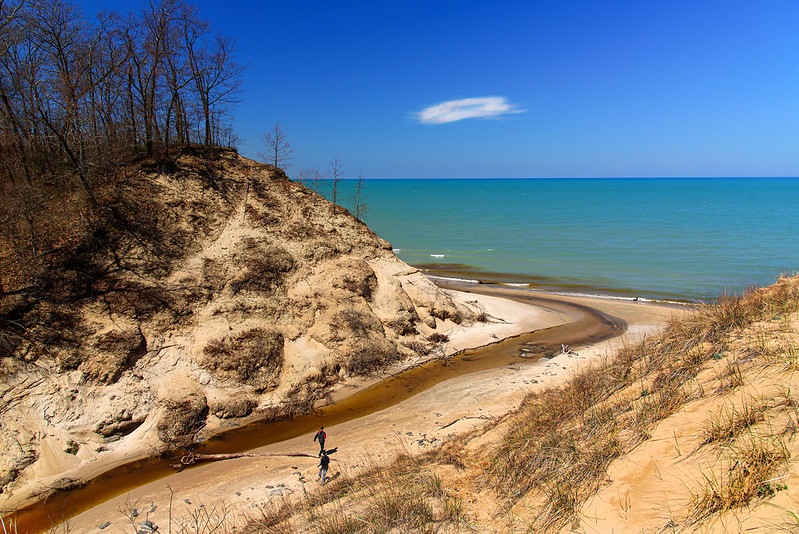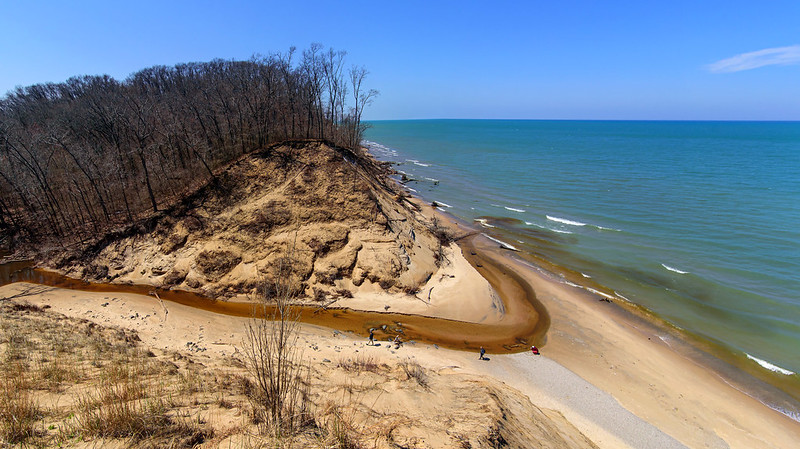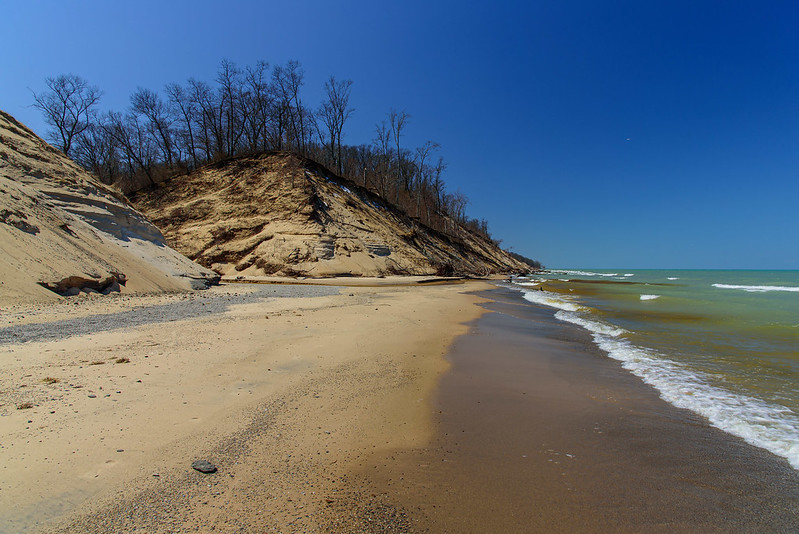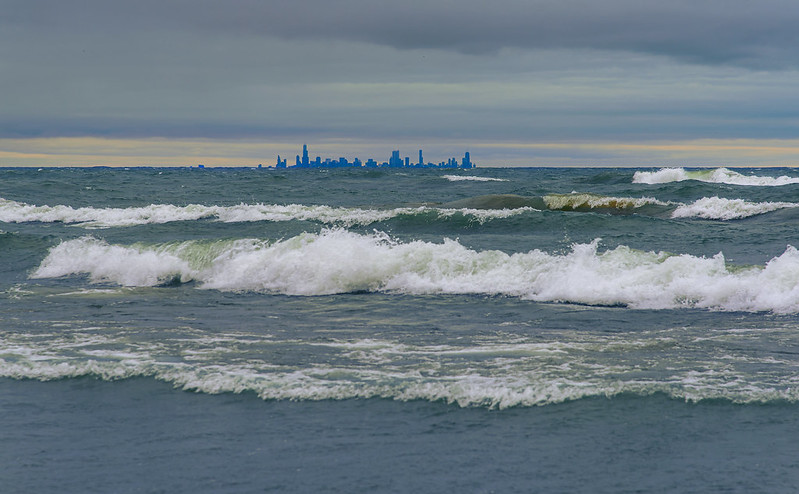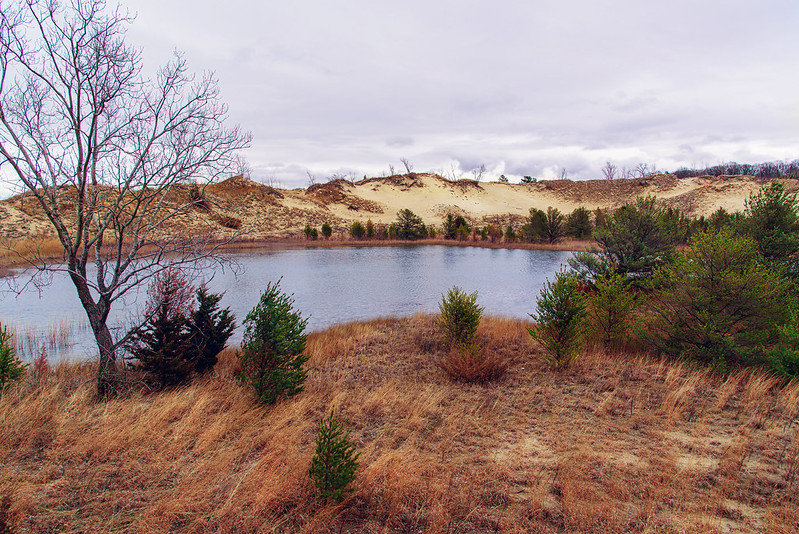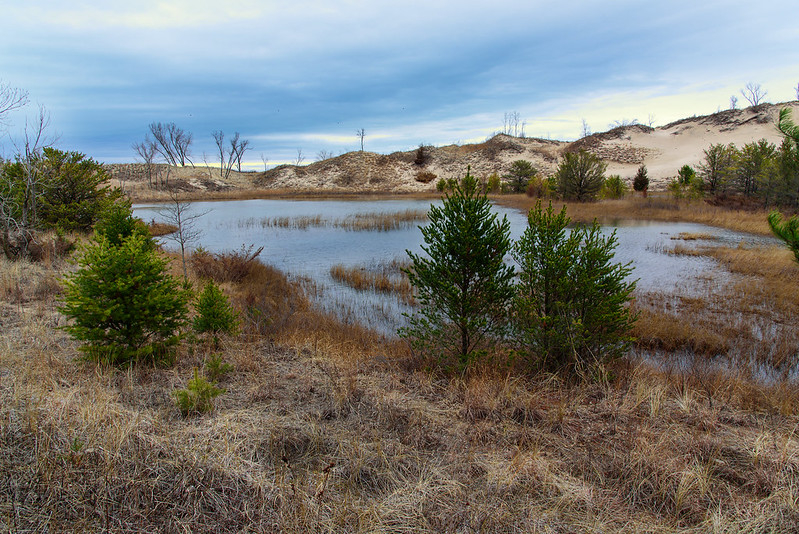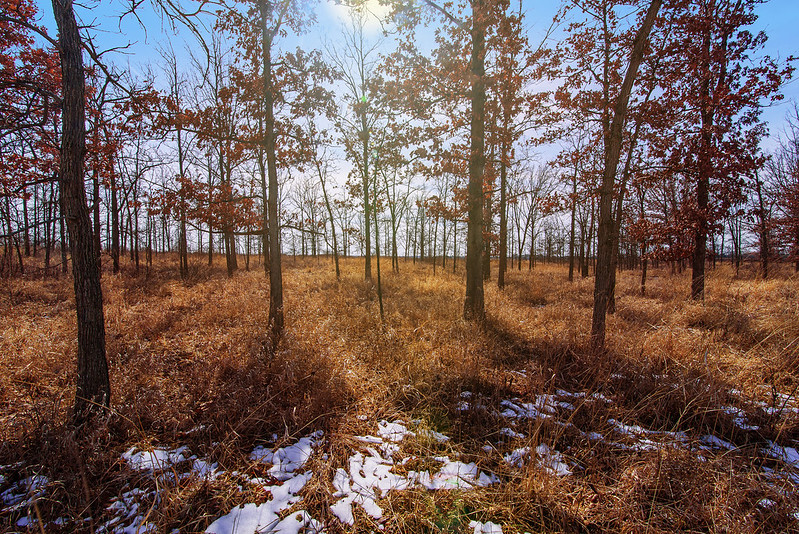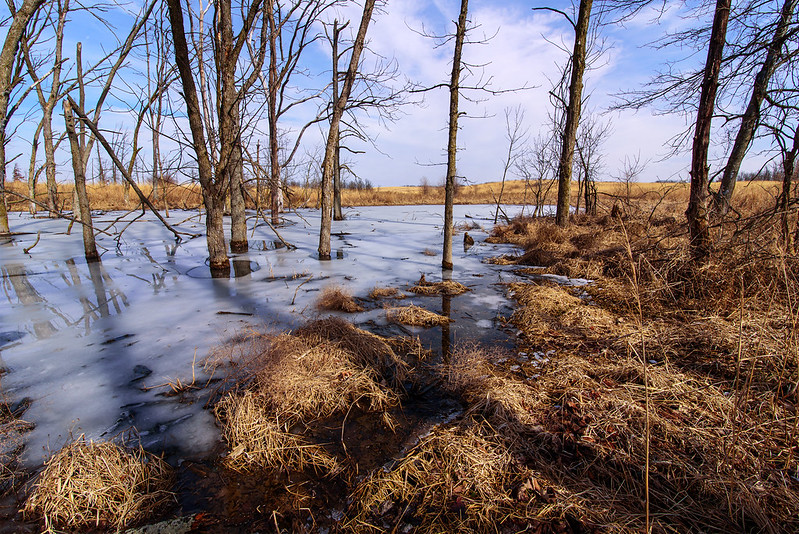
We had no more than a dusting of snow for Christmas, but just after New Years, a bit of snow fell around us. The storm began with rain, then turned to snow, the perfect recipe for the snow to stick to each and every branch of the trees and shrubs, creating a winter wonderland of sorts.
At the Orland Grasslands - a 750 acre restored prairie in south suburban Chicago - there are more than 13 miles of paved and grass trails winding through the land. We encountered only two other people on this short trip. The prairie is an interesting place in all seasons, but there's something more exciting about this unforgiving land in the grips of winter. 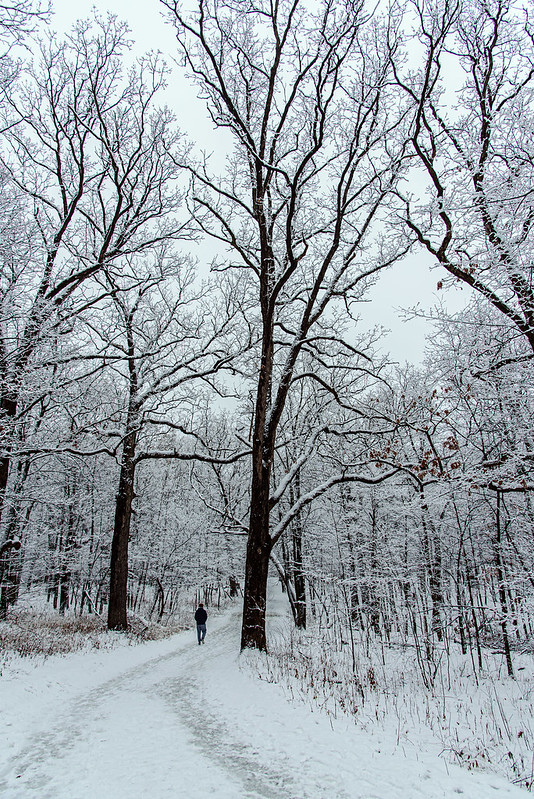
Unlike the grasslands, the trails at Swallow Cliffs were filled with families enjoying the snowfall. This is no small endeavor, because you must climb 125 limestone stairs to reach the top where the trails begin. People often use these stairs in the warmer months for exercise, but they're much more challenging in winter. The trails lie just to the south of the 100 foot bluff created by the glaciers and their meltwaters.



